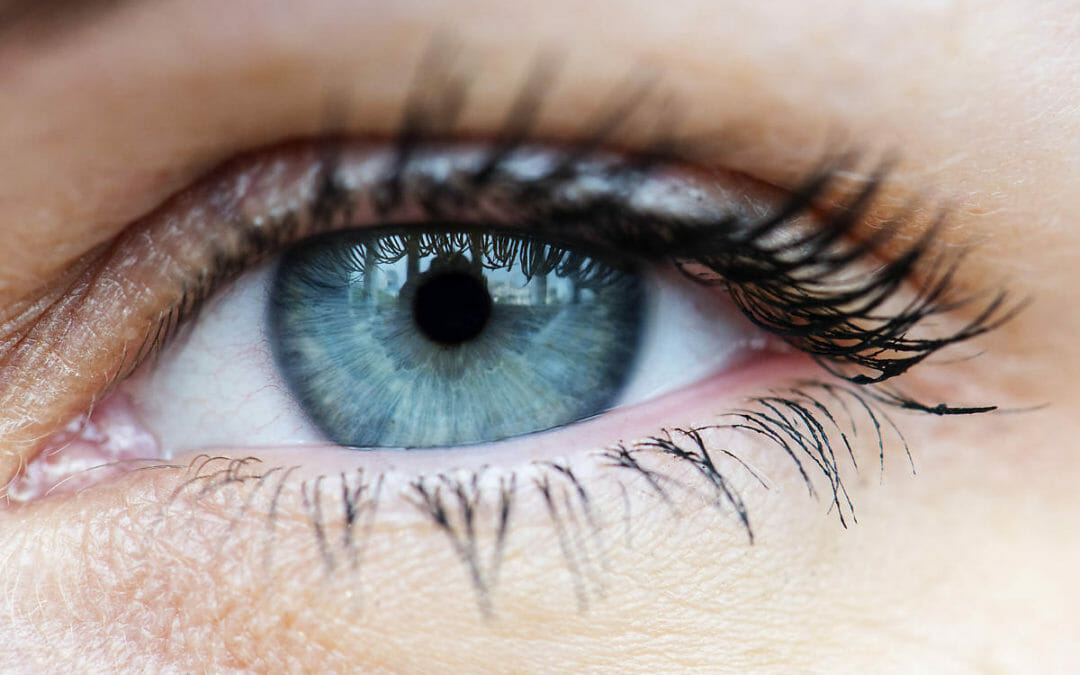
Over view – dry eye study
This dry-eye study used data from 23,000 subjects. They were screened and assessed using various tests.
The patients were able and allowed to continue using their existing treatments, such artificial tears or Restasis.
Researchers were able, however, to determine the relationship between the various measures and the severity. In most studies, participants were required to stop taking other medications like vitamins or herbal supplements.
The results showed that the presence of caffeine was protective.
See eye doctor – a must
This study also revealed that dry eyes were easier to manage when they sought counselling. A participant in the research noted that she was more able to understand the causes and best treatments for dry eye.
She emphasized the importance of asking for an evaluation at every visit, and the type of drops, and also the importance of asking for a prescription. She also mentioned that she found comfort talking to a professional about her condition, which helped her manage it herself.
How was this study conducted?
Researchers used a generalized linear model to assess the relationship between dry eye symptoms, visual acuity, and visual acuity. These models considered dry-eye symptoms as independent variables with visual acuity, contrast sensitivity and visual clarity as dependent variables.
The results of this study showed that people with more severe conditions had worse contrast sensitivity, visual acuity, and both. There was significant inter-eye correlation because the tests were done on individual eyes.
The findings suggest that dry eye can have an adverse effect on a patient’s performance in both tests.
Who is at risk ?
It affects many people, but the incidence has been rising over time. The study showed that around six percent of people had dry eye during their follow up period. This is a lower number than most people believe. This is in contrast with the 7% that was reported in the previous study. It shows that people with dry eyes do not have vision problems. People with chronic diseases such as arthritis and diabetes were more likely than women to experience symptoms.
Complications
This study has shown that chronic dry eyes patients have a higher prevalence four years later. Because they are more likely experience it than people with normal eye conditions, this is why they are more common.
It can cause more complications than normal eyes. Study showed that patients with dry eyes had more difficulty recognizing faces and reading fine details. This means that dry eye patients should take extra care when they go about their daily lives.
Dry Eye people lack vitamin A
Although the study was limited in scope, the ADES classification classified dry eyes into three groups based on TFOD. These include decreased wettability and membrane-associated. It was important for us to mention that patients with dry vision have a lower Vitamin A level than those with normal eyes. However, the ADES classification is based more on a complex definition of dry-eye. This means there are more people suffering from it than those with healthy eyes. This indicates that more research is needed on this topic.
ADES classification
The ADES classification identified three subtypes. One type is distinguished by reduced wettability or increased evaporation. It is important to keep in mind that the ADES classification does not use fluorescein to determine dry eyes. Dry eye studies should also include evidence for predisposing factors. The ADES can be helpful in diagnosing and treating dry eyes.
Causes
Depending on what type of dryness you have, the results of this test can help you determine the cause. Contact lens wear and Stevens Johnson syndrome may cause decreased wettability. These conditions do not cause dry eyes, but they can cause discomfort. The best treatments include a combination lifestyle changes and medication. These can prevent the development of cataracts, improve sight, and reverse some cases.
Risk factors
Another large-scale study looked at the risk factors in various populations. The largest study to date, DREAM, had more than 200,000 participants. The study investigated the relationship between risk factors and risk for various health conditions. Researchers also identified factors that could cause chronic dry eyes and ocular inflammation. In addition, the women who had a family history of the disease were more likely to experience the disease.




